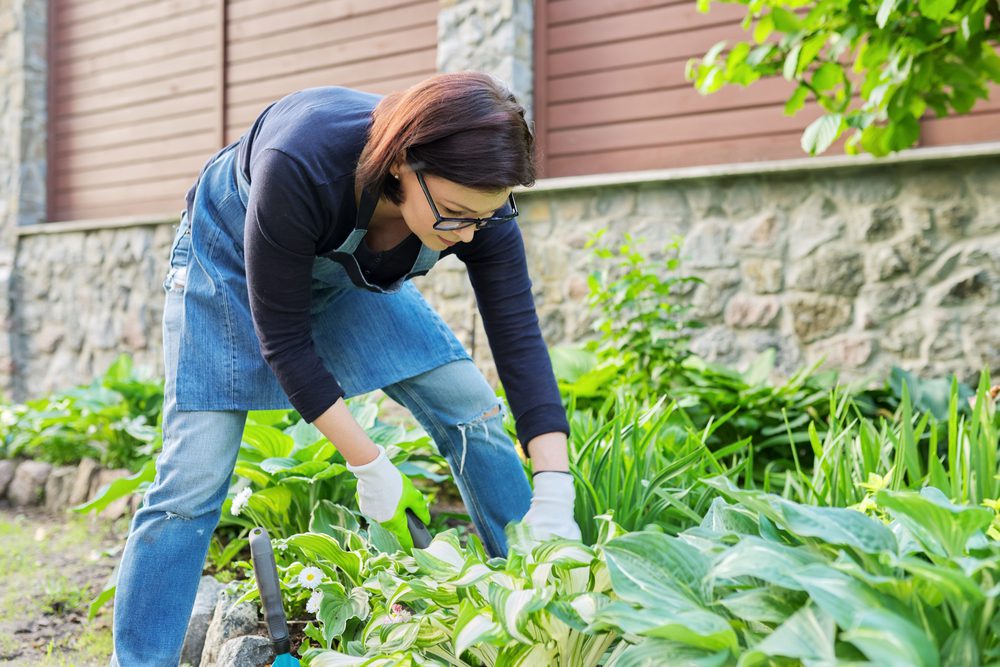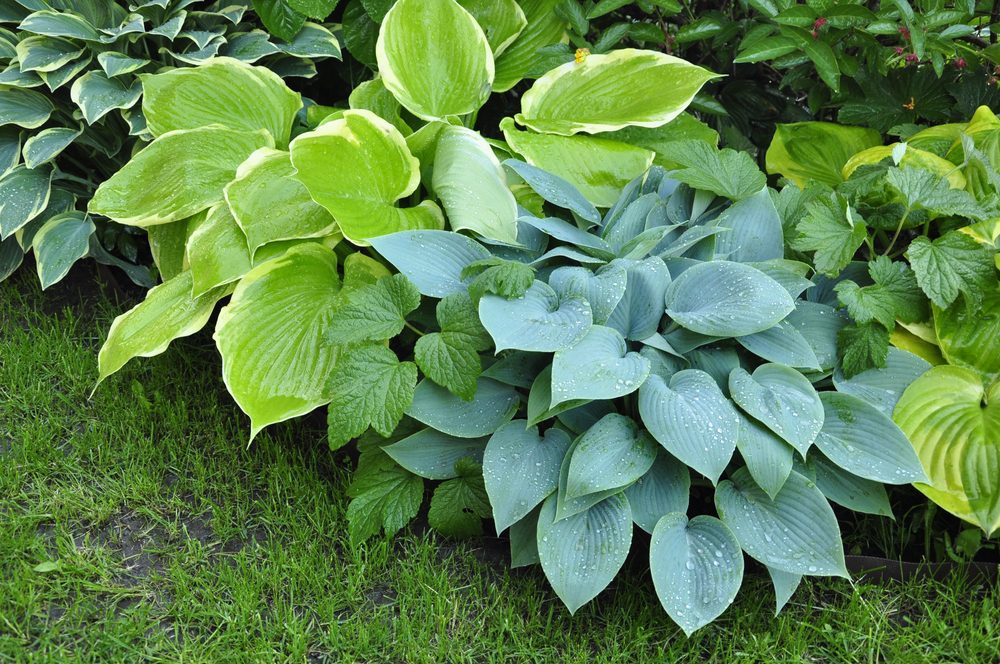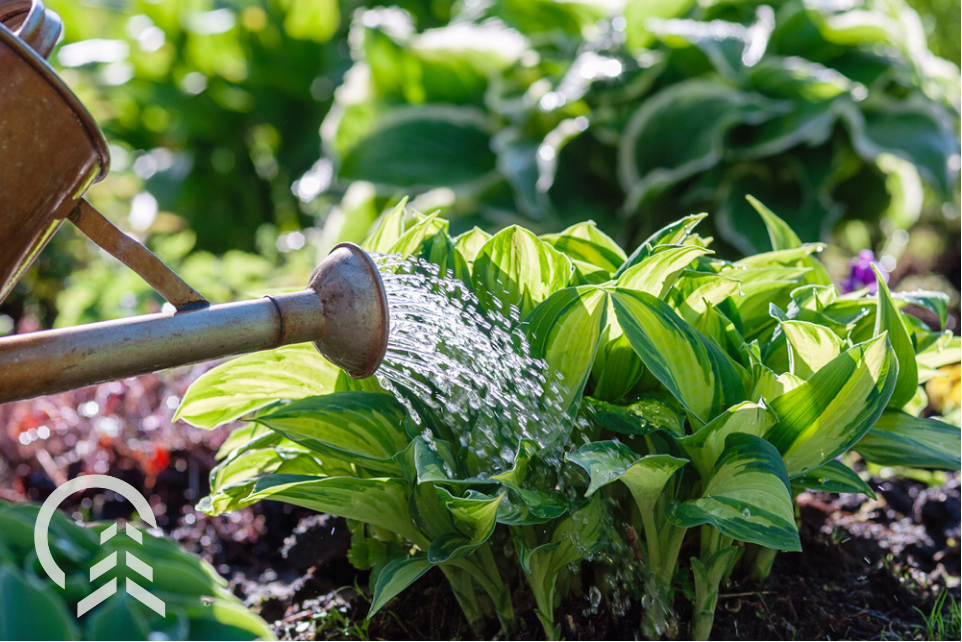Of all the shade-loving perennials that you could plant in your garden, hostas are some of the most attractive, easiest plants you could select. Hostas are not generally grown for their flowers but for their large, shapely leaves and varied foliage colors. These perennials come back year after year with minimal work from the gardener, filling space in your landscape with a healthy, pleasing plant.
Platt Hill Nursery sells hostas of many varieties. These popular plants come in colors ranging from near-blue to green to gold and even white, so you can choose the hostas that look best in your garden.
We also provide gardening advice, so your hostas can thrive. See below, some of the information that you should have when you decide to grow hostas in your garden.
Hosta Characteristics
Hostas are an easy-to-grow, shade-loving plant that can grow in dappled sun, part shade, or even full shade. Hostas produce heart-shaped leaves and many produce small flowers that attract bees and hummingbirds. Some hostas can grow quite large (up to 6 feet around) while others are much smaller. Hostas are often used to help fill in a void in a garden where other plants might struggle.
Hostas tend to grow slowly, with some of the larger varieties reaching their full size in up to 7 years. They grow from rhizomatous roots but never require separation like some other plants that grow from rhizomes.
Hostas combine well with a variety of other plants and look fantastic when combined with flowers like bleeding heart. Because hostas come in so many colors and sizes, you can combine different hostas in the same garden for a varied, patterned landscape.
Hostas are easy to grow in zone 5. Their foliage will die back after the first hard frost, but no worries, this hardy perennial will start to grow back again in the spring when the weather warms up. You can even grow hostas in pots indoors.
How To Propagate Hostas
Hostas are usually propagated by division. Dividing hostas is a great way to create more hostas or get rid of dead parts on your hosta plant. To propagate hostas, dig the hosta out by the rootball, then use a knife to cut the rootball in half or into smaller pieces.
Don’t worry about cutting through the plant roots, as they will grow back quickly. You can also use gardening tools to pry the rootball apart. Trim away damaged leaves after dividing the rootball, then plant the rootball back in the ground.
This can be done in spring or summer, but the best time to do it is early in the spring when the shoots of leaves have just started to grow. Divide your hostas every 5 to 10 years to control the size.

Hosta Companion Plants
Hostas’ textured leaves and clumping form make it the perfect companion for flowers and plants that contrast with its shape. Look for flowers that have narrow, long foliage. Ferns, astilbes, toad lilies, and wild columbines are all examples of the types of plants that combine well with hostas.
Think about the color of the foliage of your companion plants and how that color will look when combined with the foliage of the other plants that you place in the garden. Some examples of companion plants that can be combined with hostas include heucheras, wild ginger, hellebore, and lily-of-the-valley.
How To Care For Hostas
Caring for hostas is relatively easy, but the more time and attention that you give the hostas, the more reward you’ll get for your efforts.
Choose the right location. Hostas can’t tolerate full sun, which makes them the perfect plant to grow in locations that can be hard to fill in the garden. Plant hostas in areas where they get at least a few hours of shade per day. Dappled sunlight is fine. Note their leaves will burn on exceptionally hot days, so keep them in full shade if possible when outside temperatures are extreme.
Water regularly. Hostas need moist but not water-logged soil when becoming established. Once they’re established, hostas can tolerate short periods of dry soil. Overall, consistent watering is key to keeping your hostas healthy throughout the summer.
Fertilize in spring. Spread compost around the hostas or place a slow-release fertilizer around your hostas. Avoid getting fertilizer granules in the leaves.
Types of Hostas

Between our two locations, we sell hundreds of hostas at Platt Hill Nursery. Below are some of our most popular varieties:
- Patriot hosta. These plants feature deep green leaves with wide, white margins. The flowers are lavender.
- Praying Hands hosta. An unusual variety with lavender flowers and deep green leaves that face each other in the shape of praying hands.
- Blue Mouse Ears hosta. This mini variety is perfect for small gardens, featuring blue-green leaves in a rounded shape.
We sell other types as well! Come see our Curly Fries hostas or our Shadowland® Empress Wu Hosta!
FAQs
1. I have dense, poorly draining soil. Can I grow hostas?
Grow your hostas in raised garden beds or in a mound over the soil.
2. Can I plant hostas in fall?
You can plant hostas in the very early fall, but plant them at least a month before the first frost date to give your hostas time to establish.
3. Are hostas poisonous?
Hostas are poisonous for dogs and cats, but not for people.
4. How can I protect my hostas from diseases?
Trim back hosta foliage when it starts to die after the first frost.
Want Hostas? Need Planting Advice? Stop In At Platt Hill Nursery
At Platt Hill Nursery, we can answer all your hosta-related questions, and other plant questions. Need to know when to plant bulbs in the fall? Have questions about how to water your outdoor plants? Want to know when to prune your shrubs or how to divide rhizomes? We can help. Stop in at our Carpentersville or Bloomingdale locations to speak to one of our experts.


